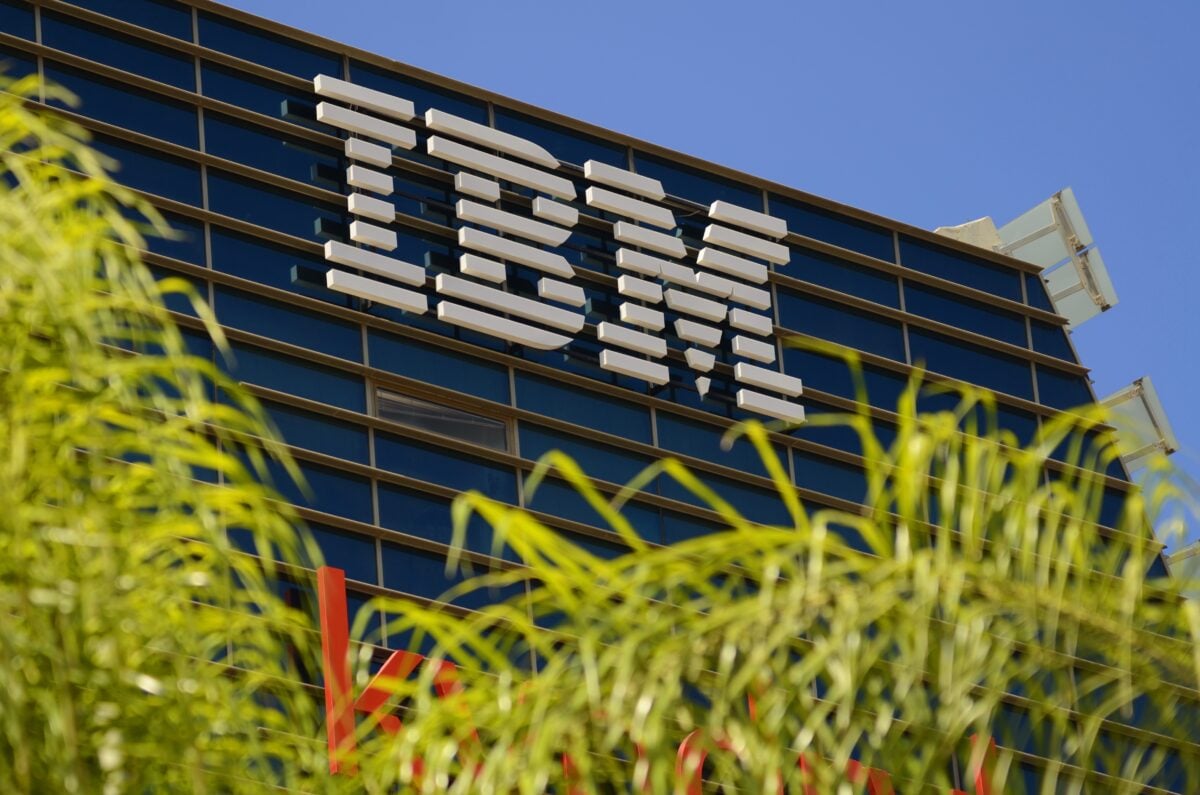TLDRs;
Contents
- IBM unveils Power11 chips designed to boost AI performance and eliminate planned downtime.
- New servers average just 30 seconds of unplanned downtime annually, ideal for critical industries.
- Power11 systems will integrate with IBM’s Spyre AI chip by late 2025 to enhance inference workloads.
- Built-in ransomware detection offers response times under one minute, addressing enterprise security needs.
IBM has officially launched its Power11 chips and servers, marking the most significant update to its POWER architecture since 2020.
Tailored for enterprise use, the new systems are designed to accelerate artificial intelligence performance while keeping operations seamless, secure, and continuously online.
Enterprise performance meets near-zero downtime
Set for release on July 25, the Power11 systems are purpose-built to meet the demands of large-scale businesses that can’t afford a second of system failure.
IBM claims the servers will require no scheduled downtime for maintenance, and average just over 30 seconds of unplanned downtime annually. This remarkable reliability standard reflects IBM’s long-standing commitment to enterprise-grade computing, dating back over three decades to its original 801 RISC project.
In a market where outages can result in millions in lost transactions or disrupted care delivery, especially in financial services and healthcare, IBM’s promise of uninterrupted service sets a high bar. The servers also support live upgrades and hot-swappable components, enabling businesses to maintain operations even during critical system updates.
A focused strategy on AI inference over hype
Rather than chase headlines by entering the AI training chip race dominated by Nvidia, IBM is carving a niche by doubling down on inference world applications. Power11 will serve as a foundation for this strategy, and by late 2025, it will integrate with IBM’s upcoming Spyre AI chip to further accelerate inference tasks.
This decision plays to IBM’s strengths in enterprise integration. Many businesses already struggle with implementing AI into legacy systems. IBM’s approach focuses on embedding AI where it adds real business value, rather than chasing theoretical benchmarks.
Security features take center stage
In today’s threat-heavy landscape, where ransomware attacks are both frequent and costly, IBM has embedded advanced threat detection capabilities into its Power11 systems.
The company says the new architecture can detect and respond to ransomware threats within a minute, an unprecedented response time in the enterprise computing space.
This security-first orientation aligns closely with enterprise demands. Many organizations are hesitant to scale AI systems due to concerns over data exposure and operational vulnerabilities. IBM is betting that by combining performance with real-time threat mitigation, it can overcome that hesitation.
Built on a legacy of reliability
The Power11 chip marks the continuation of IBM’s 35-year journey in developing high-performance, enterprise-grade processors. From the pioneering Power4 dual-core launch in 2001 to powering the iconic Deep Blue chess computer, the POWER architecture has evolved steadily while maintaining backward compatibility and vertical integration.
Unlike other tech giants that frequently pivot architectures, IBM has invested in a stable, enterprise-friendly roadmap. This strategy has allowed it to build a defensible position in industries with zero tolerance for disruption, such as manufacturing, finance, and health services.
By enhancing power efficiency, boosting AI performance, and delivering unmatched reliability, Power11 may not grab flashy headlines in the consumer space, but it firmly reinforces IBM’s relevance in mission-critical enterprise environments.


